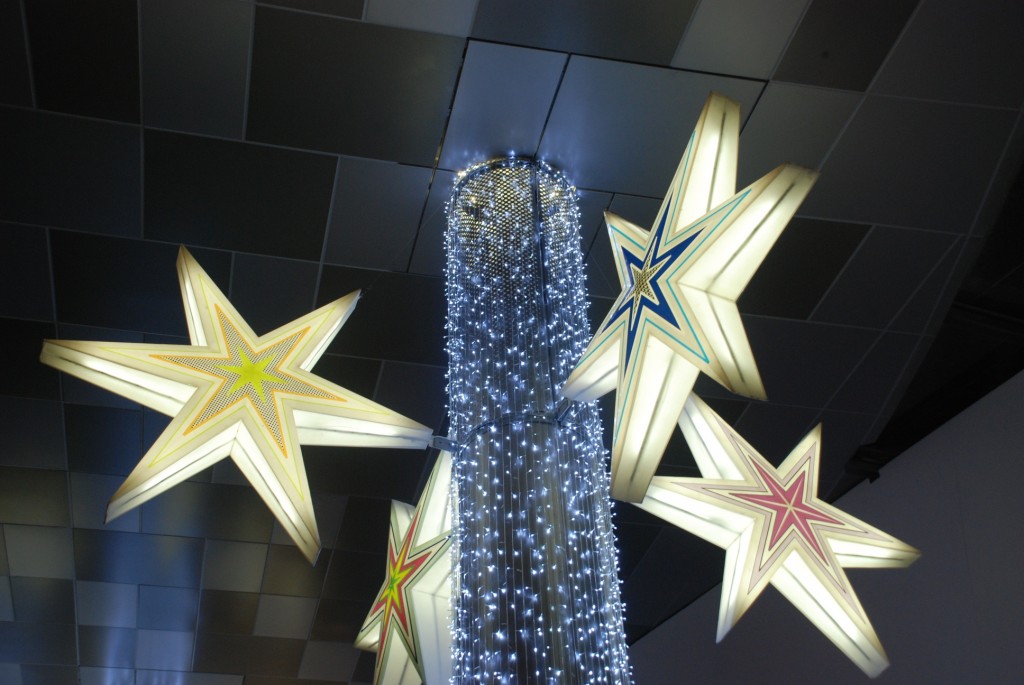For many shoppers and retail commercial properties the festive season truly gets underway with the big Christmas lights switch on. These events have been growing for many years and today are more often conducted by celebrities than civic dignitaries and are just as likely to feature music from X Factor contestants as Salvation Army bands.

While some cities switched their lights on earlier in the month this week it’s the turn of many more high streets up and down the country to begin the countdown and launch the fireworks. These include towns and cities as far apart as Edinburgh and Exeter, Guildford and Stoke which will be transformed into winter wonderlands by strings of fairy lights and decorated trees.
Often retail commercial properties contribute to the cost of these events and stay open later in anticipation of increased footfall and spending. Put simply the Christmas rush has become a vital period, crucial not only to the retail sector but to the economy as a whole. But how did this come about and who should we thank?
For the answer we have to go back to the Victorian era. To say that the Victorians invented Christmas would not be true of course but they were undoubtedly responsible for creating Christmas as we know it today. At the beginning of the nineteenth century Christmas was barely celebrated and yet by the end of the century it had become the biggest celebration of the year.
It was the marriage of Queen Victoria to Prince Albert that brought some of the aspects of modern Christmas to Britain. In 1848 the Illustrated London News published a drawing of the Royal Family celebrating around a decorated tree – a tradition imported from Prince Albert’s native Germany – and soon every home in Britain boasted trees adorned with candles and homemade decorations.
The Victorians also introduced the first Christmas cards and crackers. The traditional turkey dinner is a product of the Victorian era and, courtesy of Charles Dickens, they gave us A Christmas Carol which is credited with popularising the themes of family, charity and goodwill that we now associate with the festival.
Most importantly, many would agree, it was in the Victorian era that the idea of gift giving became central to Christmas. At first these were small items such as fruit and nuts but as the idea took off they became bigger and were bought from retail commercial properties which began to appreciate the increased spending that would eventually lead to the annual bonanza it is today.
It was also in a Victorian commercial property that the first Santa’s grotto appeared in 1879. This was in Lewis’s Bon Marche department store in Liverpool. Soon Grottos were appearing up and down the country and it wasn’t long before the idea was adopted in the United States and Australia.
So anyone planning to combine a spell of late night Christmas shopping with this week’s light switch-ons has the Victorians to thank for the experience. And retail commercial properties hoping for a bumper festive season owe them an even greater debt of gratitude.
Previous Post
Liverpool Office Space Going for Free